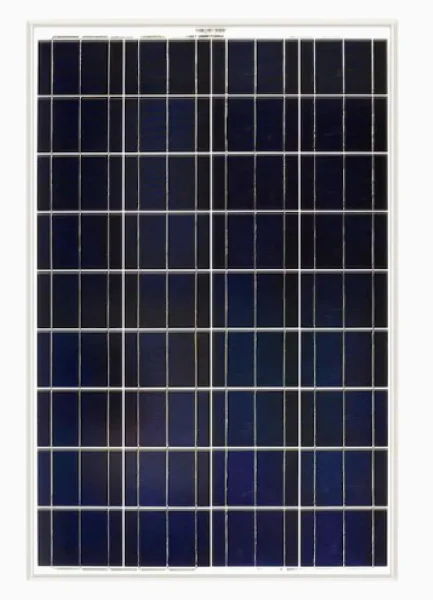In today’s world, where sustainability and energy efficiency are paramount, harnessing renewable energy sources has become a key focus. One such source is solar power, which offers an eco-friendly and cost-effective solution for powering well pumps. Whether you’re a farmer looking to irrigate your fields or a homeowner with a well, solar power for well pump can provide a reliable and sustainable water supply. In this article, we will explore the benefits of solar power for well pumps and provide valuable insights for those considering this innovative solution.
The Basics of Solar Power for Well Pumps
Solar power for well pumps involves using photovoltaic (PV) panels to convert sunlight into electricity. This electricity is then used to power your well pump, allowing you to access groundwater without relying on traditional grid electricity. Here’s how it works:
Solar Panels: Solar panels are installed on your property, typically on rooftops or ground-mounted arrays. These panels capture sunlight and convert it into direct current (DC) electricity.
Inverter: The DC electricity generated by the solar panels is sent to an inverter, which converts it into alternating current (AC) electricity that can be used to power your well pump and other electrical appliances.
Storage (Optional): Some solar well pump systems include battery storage to store excess electricity generated during the day for use at night or during cloudy days.
Advantages of Solar Power for Well Pumps
2.1. Energy Independence: Solar power systems for well pumps reduce your dependence on the grid, ensuring a reliable water supply even in remote areas or during power outages.
2.2. Environmentally Friendly: Solar energy is clean and renewable, helping reduce greenhouse gas emissions and your carbon footprint.
2.3. Cost Savings: While the initial installation cost may be higher than traditional systems, solar power for well pumps can lead to significant long-term savings on electricity bills.
2.4. Low Maintenance: Solar panels and well pumps are generally low-maintenance, with fewer moving parts and a longer lifespan compared to traditional pumps.
Choosing the Right Solar Well Pump System
When considering a solar well pump system, several factors need to be taken into account:
3.1. Well Depth and Water Usage: Determine the depth of your well and your water usage needs to select the appropriate pump size and solar panel configuration.
3.2. Sunlight Availability: Assess the amount of sunlight your location receives throughout the year to determine the size of the solar panel array needed.
3.3. Backup Options: Consider whether you need a backup power source, such as a generator or battery storage, for cloudy days or nighttime use.
3.4. Professional Installation: It’s crucial to hire a certified solar installer with experience in well pump systems to ensure proper installation and system efficiency.
Maintenance and Monitoring
Regular maintenance is essential to keep your solar well pump system running smoothly. Here are some maintenance tips:
Clean the solar panels periodically to remove dirt and debris that can reduce their efficiency.
Inspect the well pump and electrical components for signs of wear or damage.
Monitor system performance through remote monitoring tools or by checking the status of battery levels (if applicable).
Solar power for well pumps is a sustainable and efficient solution for accessing groundwater while reducing reliance on the grid and minimizing environmental impact. By investing in solar technology, you can enjoy a reliable and cost-effective water supply for years to come. When considering a solar well pump system, make sure to consult with a professional installer to determine the best setup for your specific needs. Embrace the power of the sun and harness its energy to keep your well running efficiently and sustainably.
